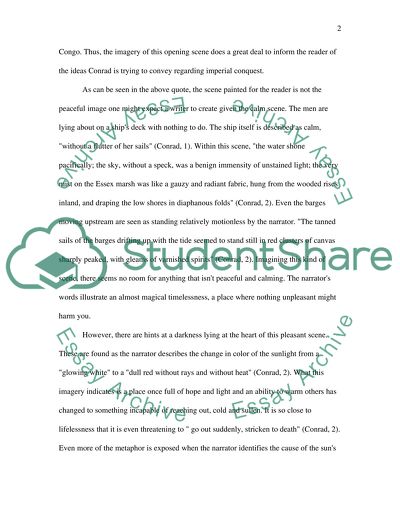Cite this document
(“Main Topics Of The Novel Heart Of Darkness Essay”, n.d.)
Main Topics Of The Novel Heart Of Darkness Essay. Retrieved from https://studentshare.org/literature/1409595-analytical-essay-about-heart-of-darkness
Main Topics Of The Novel Heart Of Darkness Essay. Retrieved from https://studentshare.org/literature/1409595-analytical-essay-about-heart-of-darkness
(Main Topics Of The Novel Heart Of Darkness Essay)
Main Topics Of The Novel Heart Of Darkness Essay. https://studentshare.org/literature/1409595-analytical-essay-about-heart-of-darkness.
Main Topics Of The Novel Heart Of Darkness Essay. https://studentshare.org/literature/1409595-analytical-essay-about-heart-of-darkness.
“Main Topics Of The Novel Heart Of Darkness Essay”, n.d. https://studentshare.org/literature/1409595-analytical-essay-about-heart-of-darkness.


